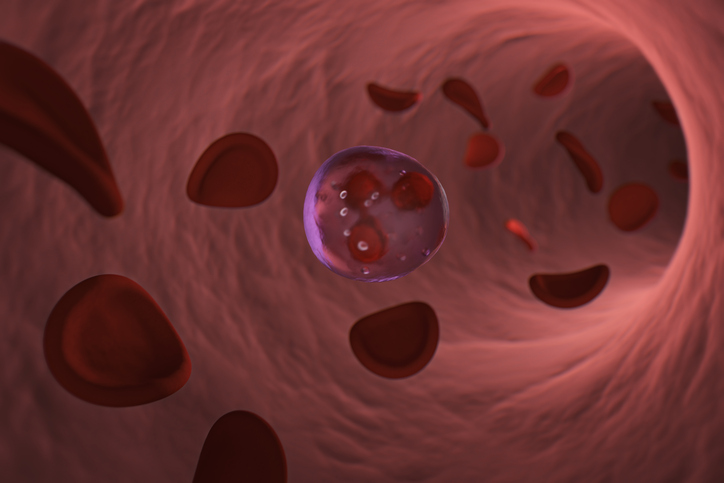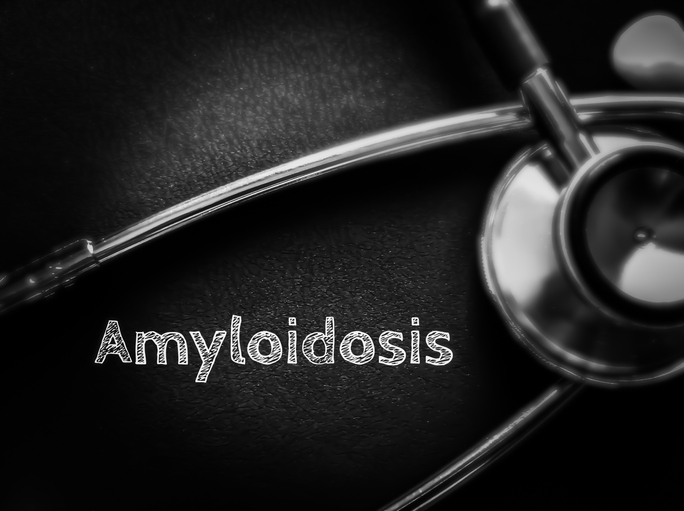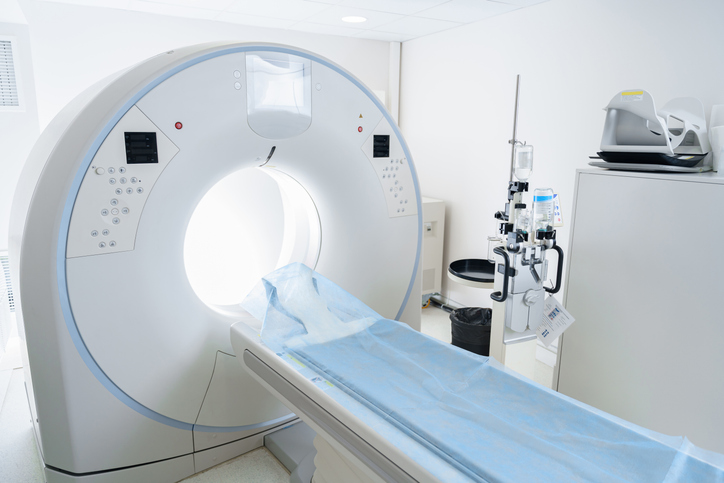
Major congenital heart disease (CHD) is affected by several variables. By better understanding the development of CHD, proper treatments can be established for patients. In this study published in JAMA Cardiology, researchers aimed to evaluate the trends in incidence, detection rate, and termination of pregnancy (TOP) rate of major CHD in fetuses in Denmark.
Whereas the live birth incidence of congenital #heartdisease is stable, live birth incidence of major congenital heart disease is decreasing. This is due to increased #prenatal detection leading to an increased termination of #pregnancy rate. Learn more https://t.co/ANv1ww2tRB pic.twitter.com/EK9iJO6xnN
— JAMA Cardiology (@JAMACardio) July 18, 2018
In this nationwide, population-based, retrospective observational study from Denmark, researchers collected data from 1996 to 2013; this included a consecutive sample of 14,688 live-born children and terminated fetuses diagnosed as having CHD.
Major CHD included in the study included the following:
- Univentricular heart
- Transposition of the great arteries
- Congenitally corrected transposition of the great arteries
- Truncus arteriosus
- Interrupted aortic arch
- Atrioventricular septal defects
- Double outlet right ventricle
- Coarctatio of the aorta
- Ebstein anomaly
- Pulmonary atresia with ventricular septal defect
- Pulmonary atresia with intact ventricular septum
- Tetralogy of Fallot
Good read for #pedsCards and #pedsCICU https://t.co/LqnCIAE9cV
— Jennifer Kramer (@jwootten13) July 18, 2018
Results of the study showed that out of 14,688 children and fetuses diagnosed with CHD, 2,695 (18.4%; 95% CI 17.8-19.1) had major CHD. Within the total amount of children in the study, 7,131 boys (1,304 with major CHD) and 6,926 girls (920 with major CHD) were included; the median age of participants was 11 years (interquartile range, 6-15 years).
The live-birth incidence of CHD was constant at 1.22% (95% CI 1.18-1.26) during the study period, whereas it decreased for major CHD. The incidence of major CHD did not change over time when TOP was included. All cases of double outlet right ventricle, Ebstein anomaly, congenitally corrected transposition of the great arteries, and pulmonary atresia with ventricular septal defect (all prenatally) were detected at the end of the study. The TOP rate increased from 0.6% (95% CI −0.6 to 1.9) to 39.1% (95% CI 30.9-47.4) (P < .001) among all major CHD.
“Detection rates of major CHD improved during the study,” the researchers concluded. “This has led to increased TOP rates, with a subsequent 39% decrease in the live-birth incidence of major CHD.”
Source: JAMA Cardiology







 © 2025 Mashup Media, LLC, a Formedics Property. All Rights Reserved.
© 2025 Mashup Media, LLC, a Formedics Property. All Rights Reserved.